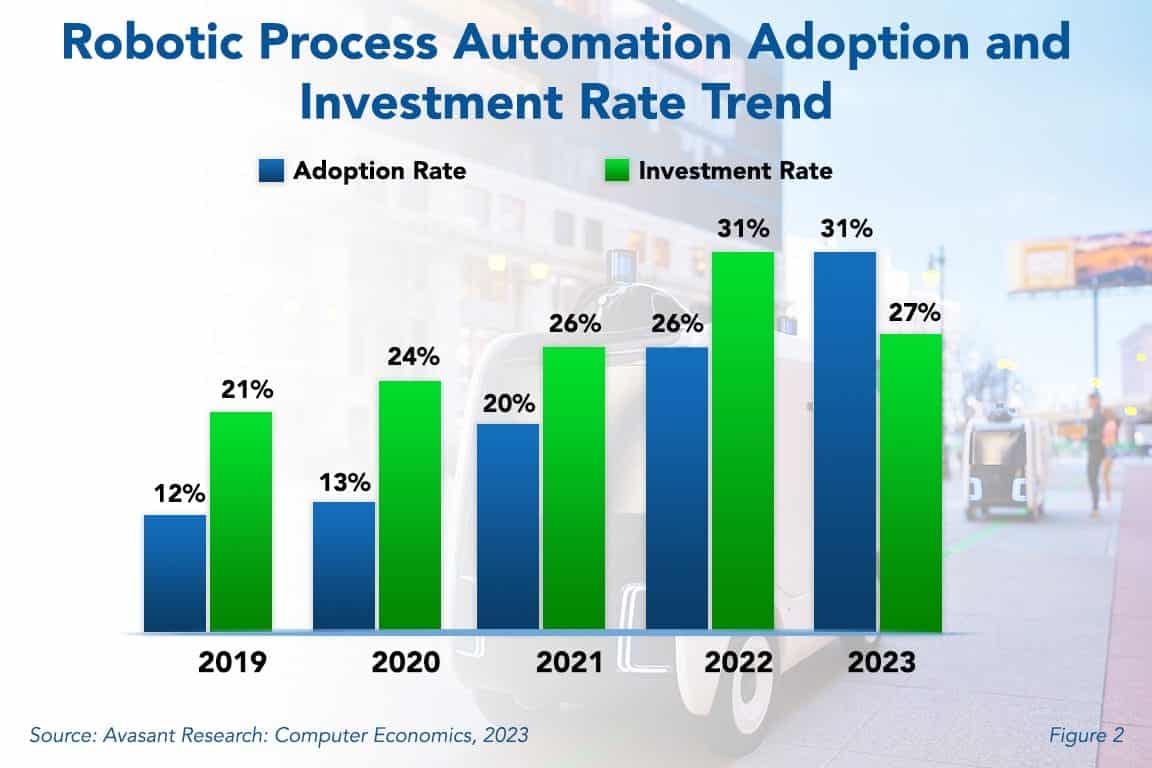Introduction to Workflow Automation
Workflow automation helps you do tasks more easily. It uses software to complete repetitive tasks. This saves time and reduces errors. Many businesses use workflow automation to improve efficiency.

Credit: avasant.com
Why Adopt Workflow Automation?
- Save time
- Reduce errors
- Improve efficiency
- Boost productivity
- Focus on important tasks

Credit: www.logiwa.com
Steps to Adopt Workflow Automation
Let’s look at the steps to adopt workflow automation. Follow these steps for a smooth transition.
1. Identify Repetitive Tasks
First, find tasks that you do over and over. These tasks can be automated. Examples include data entry and sending emails.
2. Choose The Right Tools
Next, select the right tools for automation. Many tools are available. Some popular tools are Zapier and IFTTT. Choose one that fits your needs.
3. Train Your Team
Your team needs to understand how to use the new tools. Provide training sessions. Help them learn how to use the software effectively.
4. Test The Automation
Before fully adopting automation, test it. Run a few tasks and see if everything works well. Fix any issues that come up.
5. Implement Gradually
Don’t rush into full automation. Start with a few tasks. Gradually add more tasks over time. This helps your team adjust to the changes.
6. Monitor And Improve
After implementing automation, keep an eye on it. Make sure everything runs smoothly. Look for areas to improve. Make adjustments as needed.
Benefits of Workflow Automation
Adopting workflow automation brings many benefits:
- Increased productivity
- More efficient processes
- Fewer errors
- Better time management
- Happier employees
These benefits help your business grow and succeed.
Challenges of Workflow Automation
Adopting workflow automation can be challenging. Here are some common challenges:
- Resistance to change
- Initial costs
- Training employees
- Technical issues
Be prepared to face these challenges. Plan ahead to overcome them.
Tips for Successful Adoption
Here are some tips to help you successfully adopt workflow automation:
- Start small and scale up
- Communicate with your team
- Provide proper training
- Choose the right tools
- Monitor and adjust
Following these tips can make the adoption process smoother.
Frequently Asked Questions
What Is Workflow Automation?
Workflow automation means using technology to perform tasks automatically. It helps save time and reduces errors.
Why Is Workflow Automation Important?
It increases efficiency by reducing manual tasks. It also helps in maintaining consistency and accuracy in processes.
How Do I Start With Workflow Automation?
Identify repetitive tasks first. Then, choose suitable software or tools to automate those tasks.
What Tools Are Best For Workflow Automation?
Popular tools include Zapier, Asana, and Trello. Choose one based on your needs and budget.
Conclusion
Workflow automation can improve your business. It saves time and reduces errors. Follow the steps and tips to adopt it successfully. Start small and gradually increase automation. Train your team and monitor progress. With careful planning, you can enjoy the benefits of workflow automation.








